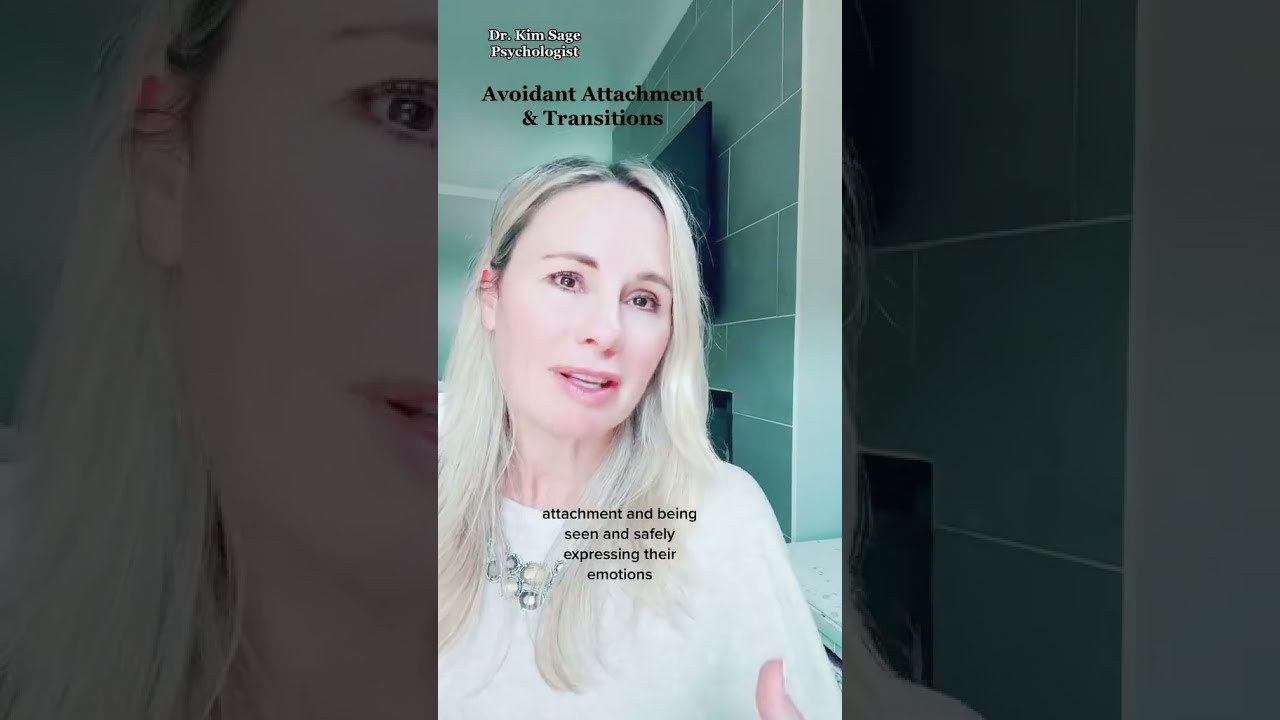
Breaking Down the Walls: How to Overcome the Dismissive Avoidant Attachment Style
Introduction
In this article, we will explore the topic of overcoming the dismissive avoidant attachment style. This attachment style is characterized by a tendency to avoid emotional intimacy and close relationships. Individuals with this style often struggle with forming deep connections and may appear detached or emotionally distant. However, with awareness and effort, it is possible to overcome this attachment style and develop healthier patterns of relating to others.
Breaking Down the Walls: How to Overcome the Dismissive Avoidant Attachment Style
The dismissive avoidant attachment style can be challenging to overcome, but it is not impossible. By understanding its origins and effects, implementing effective strategies, and seeking support when needed, individuals can break down the walls that hinder their ability to form meaningful connections.
Understanding the Dismissive Avoidant Attachment Style
Before we delve into how to overcome the dismissive avoidant attachment style, let's first gain a deeper understanding of what it entails. This attachment style typically develops in response to early experiences where emotional needs were consistently unmet or invalidated. As a result, individuals learn to rely solely on themselves for emotional support and become uncomfortable with vulnerability.
Effects of the Dismissive Avoidant Attachment Style
The dismissive avoidant attachment style can have significant effects on various aspects of an individual's life. Here are some common challenges faced by those with this attachment style:
Strategies for Overcoming the Dismissive Avoidant Attachment Style
While overcoming the dismissive avoidant attachment style may require time and effort, it is possible with the right strategies. Here are some approaches that can help break down the walls and develop healthier attachment patterns:
1. Self-reflection and awareness
The first step towards change is self-reflection and increasing awareness of one's attachment style. This involves examining past experiences, identifying patterns of avoidance, and understanding how they impact current relationships.
2. Challenging negative beliefs
Individuals with a dismissive avoidant attachment style often hold negative beliefs about intimacy and dependence. Challenging these beliefs and replacing them with more positive and realistic ones can help shift perspective.
"It's important to remember that vulnerability is not a weakness but a strength. Opening up to others allows for deeper connections and emotional growth." - Unknown
3. Gradual exposure to vulnerability
Overcoming the fear of emotional intimacy requires gradual exposure to vulnerability. Taking small steps, such as sharing thoughts or feelings with trusted individuals, can help build comfort and trust in opening up.
4. Developing healthy communication skills
Improving communication skills is crucial for individuals with a dismissive avoidant attachment style. Learning to express emotions effectively, actively listening to others, and practicing empathy can foster healthier connections.

5. Seeking professional support
Therapy can be immensely beneficial for individuals struggling with the dismissive avoidant attachment style. A qualified therapist can provide guidance, support, and tools to navigate relationship challenges and develop secure attachment patterns.
FAQs about Overcoming the Dismissive Avoidant Attachment Style
- A: No, attachment styles can be changed with self-awareness and effort.
- A: Yes, anyone with this attachment style can work towards developing healthier patterns of relating to others.
- A: The time required to overcome this attachment style varies for each individual, but with consistent effort, progress can be made.
- A: Yes, therapy can provide valuable support and guidance in overcoming this attachment style by addressing underlying issues and developing new coping strategies.
- A: Yes, there are numerous books, articles, and online resources that provide helpful insights and strategies for overcoming this attachment style.
- A: Yes, with self-awareness and effort, individuals with this attachment style can form fulfilling and successful romantic relationships.
Conclusion
Overcoming the dismissive avoidant attachment style may seem challenging, but it is within reach for dismissive-avoidant attachment style those willing to put in the work. By understanding its origins and effects, implementing effective strategies, seeking support when needed, and embracing vulnerability, individuals can break down the walls that hinder their ability to form meaningful connections. Remember, change takes time and patience, but the rewards of developing healthier attachment patterns are invaluable.